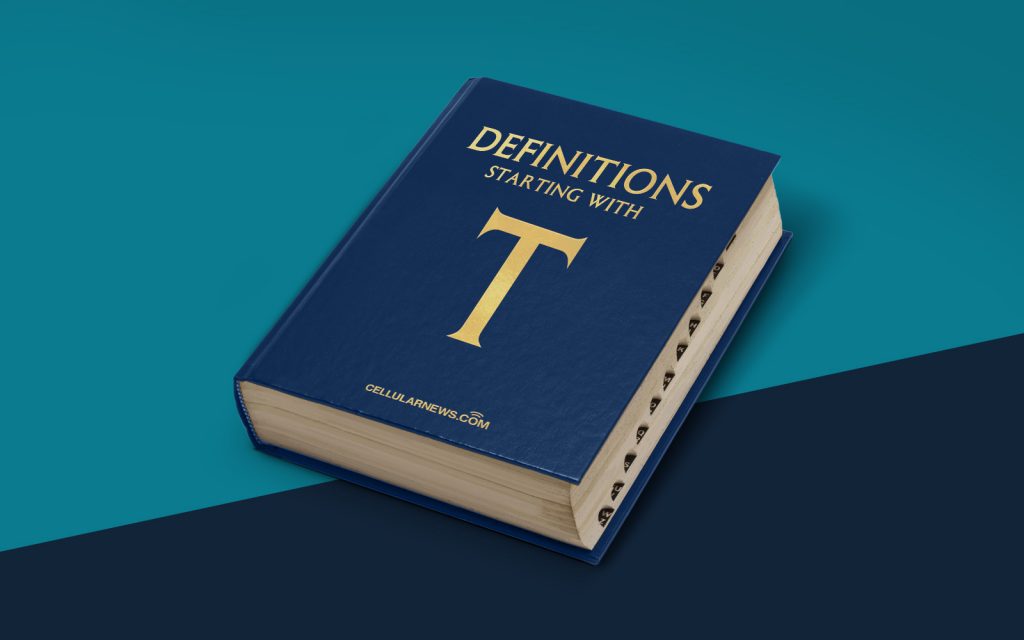
What is a Typographic Hierarchy?
Welcome to the world of typography! Today, we dive into the intriguing topic of typographic hierarchy. If you’ve ever wondered how to make a text more visually appealing and easier to read, understanding typographic hierarchy is essential. So, let’s decode this typography concept and unravel its significance.
Typographic hierarchy refers to the deliberate arrangement of the various elements of a text to create a visual hierarchy that guides the reader’s eye and improves readability. It involves the strategic use of different font sizes, styles, weights, and spacing to highlight important information and establish a clear hierarchy within the text.
Key Takeaways:
- Typographic hierarchy enhances visual communication and helps readers digest information effectively.
- Mastering typographic hierarchy requires careful consideration of font sizes, styles, weights, and spacing.
Imagine a newspaper article without any differentiation in font size or style. The lack of typographic hierarchy would create a confusing clutter of words, making it difficult for readers to prioritize information or even begin reading! By employing typographic hierarchy, designers can guide readers through the content seamlessly and add visual interest, thereby enhancing the overall reading experience.
One of the most crucial aspects of typographic hierarchy is font size. The varying sizes of fonts help establish the importance of different elements within the text. Larger fonts catch the reader’s attention and indicate headings or titles, while smaller fonts indicate body text or supplementary information.
Typography also leverages styles and weights to differentiate content. Bold text can be used to highlight important keywords or phrases, while italic or underlined text may indicate emphasis or quotes. Combining these styles can create a captivating visual contrast within the text.
Additionally, spacing plays a significant role in typographic hierarchy. Ample spacing between paragraphs, lines, and letters enhances readability and allows the eyes to travel smoothly across the page. On the other hand, reducing spacing can create a sense of density or urgency, drawing attention to specific text.
When designing a typographic hierarchy, it is crucial to consider the intended audience and the medium of the text. The hierarchy for a website might differ from that of a print advertisement, and both will vary for different target demographics. By tailoring the typographic hierarchy to the specific context, designers can effectively communicate their message and engage their desired audience.
In a world overflowing with information, understanding typographic hierarchy is crucial for any designer or content creator. By skillfully implementing typographic hierarchy, you can not only create visually appealing designs but also ensure that your message is delivered effectively and efficiently. So, next time you’re working on a design project or curating content, remember to consider the power of typographic hierarchy!
